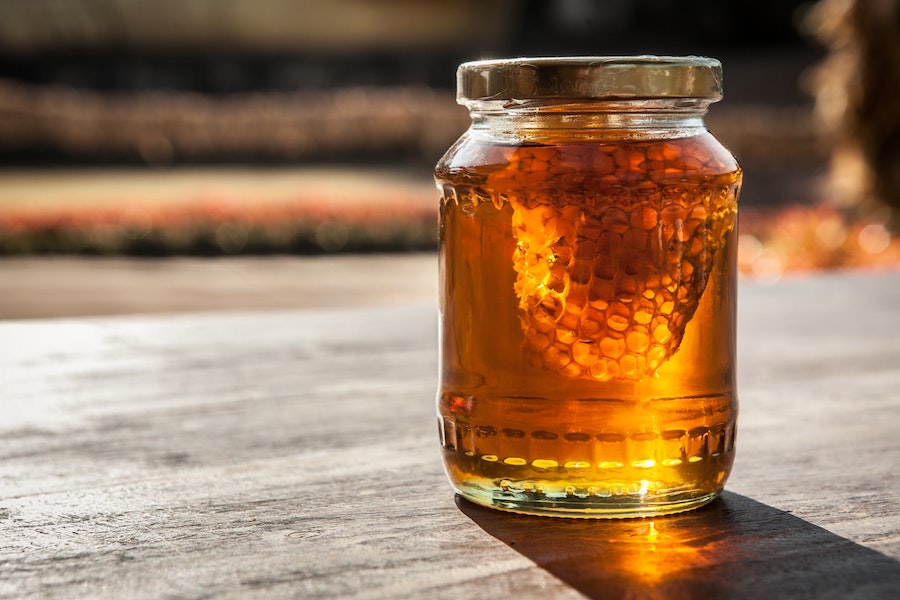National Honey Week: How to taste the sweet stuff properly
You might be a peanut butter fiend, a raspberry jam connoisseur, a lemon curd aficionado – but regardless, one spread is arguably king, and that’s honey.
We’ve been eating honey since Egyptian times, perhaps even before that – the earliest records of people managing beehives date to around 2400BC – with the oozing golden liquid, harvested thanks to the hard work of honey bees, being relied on for perfect cakes, pancakes, marinades and more. But there’s an art to tasting honey, and deciphering all its flavour notes, which tend to reflect the diet of the bees that have produced it.
As National Honey Week (October 22-28) has kicked off, and so you’re properly prepared for the sweet delights ahead, here’s our guide to tasting honey properly…

What you need to know about different varieties of honey
There are hundreds of them, from manuka to raw and Mexican Yucatan, to clover, orange blossom, alfalfa and blueberry – it all depends on the bees’ environment and diet, as well as factors like the weather conditions the bees are subjected to, and the age of the comb.
Which all leads to an ever changing array of honeys, from light, sweet delicate ones that are floral on the tongue, to dark, rich, bitter – almost spicy – varieties, that can even taste smoky.
When it comes to taste, the wisdom is to treat honey like you would a wine – assessing for vintage, depth and hidden flavours. Most telling perhaps is the difference between squeezy own-brand supermarket bottles of honey, and honey collected by artisan, independent beekeepers – the first tends to taste as though laden with chemicals in comparison to the latter.
These are the steps to follow when tasting honey
Tempted to compare the squeezy stuff with a jar bought from your local market, or local beekeeper? This is how to go about tasting them:
1. Hold your nose with one hand – it’ll concentrate the impact on your taste buds
2. Put a teaspoon of honey in your mouth
3. Swill the honey around your taste buds for a full five seconds – count it, and try not to be too impatient
4. Swallow the honey and…
5. …release your nose
6. Breathe in deeply and you should be flooded with the flavours of the honey, which should have hit all areas of your tongue. It’s at this point you can begin to pinpoint individual flavours (cinnamon, citrus, pine, butterscotch, nettles, thyme?)
7. Grab toast. Eat more honey.
The Press Association
Latest posts by The Press Association (see all)
- King to resume public duties after positive cancer treatment - April 26, 2024
- 3 recipes to make from the new Hairy Bikers cookbook - April 26, 2024
- World Penguin Day: Test your knowledge with our penguin-themed quiz - April 23, 2024
- Kate’s new photo of Louis released to celebrate prince’s sixth birthday - April 23, 2024
- Alan Titchmarsh: Slugs are never going to be my friends - April 23, 2024






















